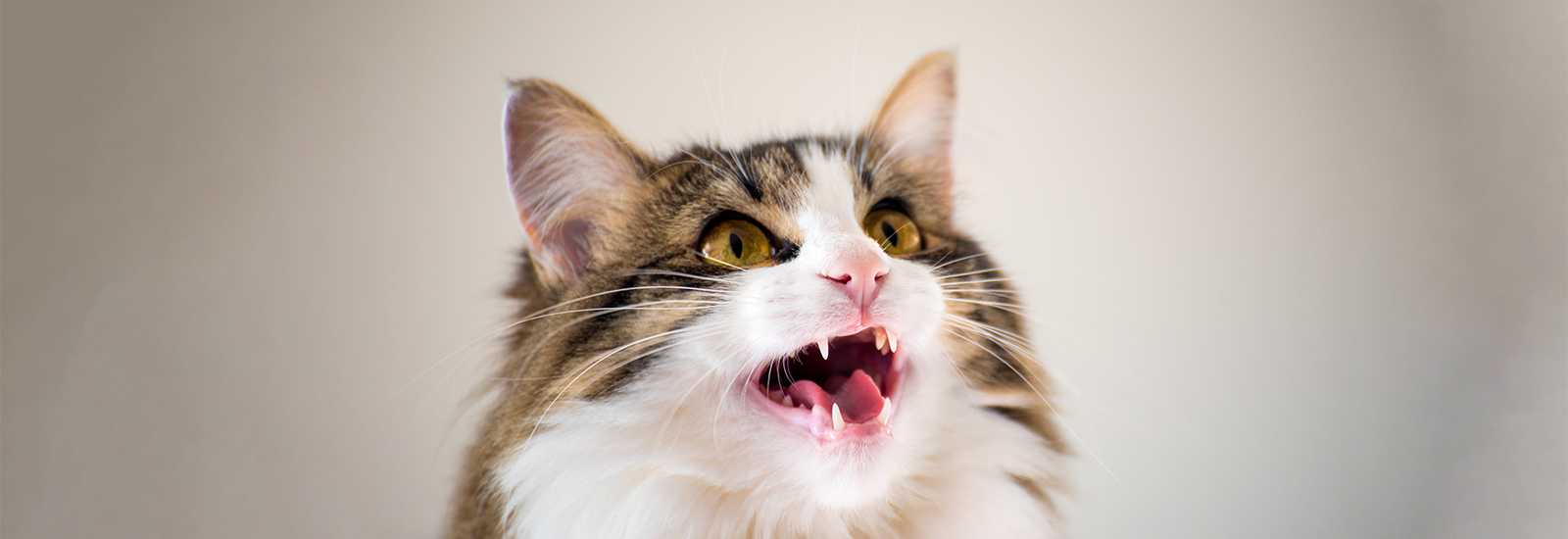Dental care for cats – preventive care and cleaning
An alarming number of cats have bad breath, inflammation of the gums, plaque or tartar. In an interview, veterinarian Dr. vet. med. Simone Radicke reveals what the most common dental problems are in cats, how you can recognise them and how to ensure perfect dental care.
In the animonda interview you will find out:
- how a cat’s teeth are structured
- what dental disorders cats can suffer from
- how to recognise dental problems in your cat
- what to do if your cat has dental problems
- How to care for your cat’s teeth
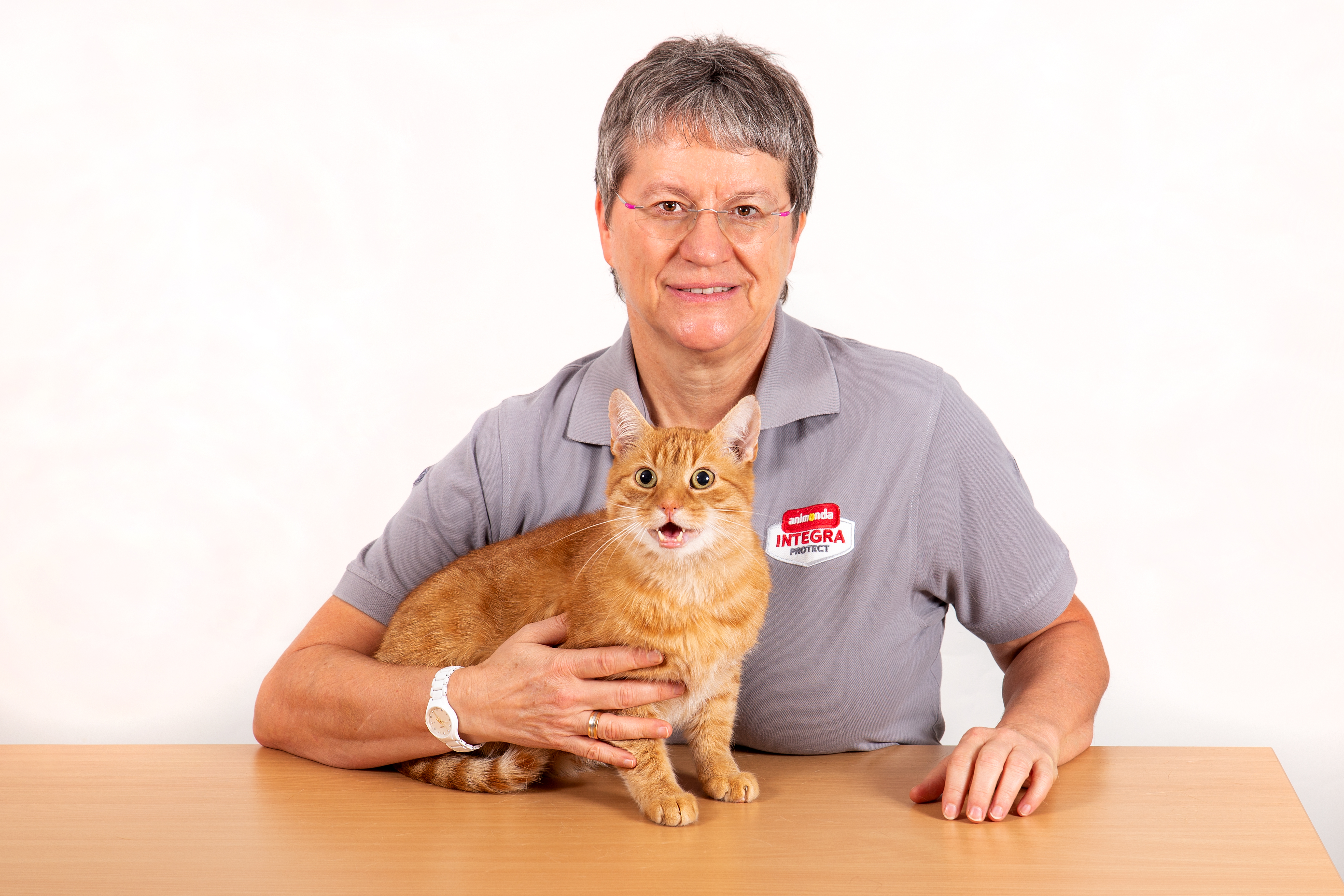
Healthy teeth are essential for a cat to survive
animonda: How are a cat’s teeth structured?
Dr. vet med. Simone Radicke:
A cat has the typical teeth of a carnivore. They are made up of incisors, canine teeth (“fangs”) and the front and back teeth (“premolars” and “molars”). Kittens have 26 baby teeth, while adult cats have 30 permanent teeth. As in human medicine, a cat’s teeth are described with a dental formula:
In the upper jaw: 3 I 1 C 3 P 1 M
In the lower jaw: 3 I 1 C 2 P 1 M
I = Incisivi (incisor); C = Caninus (canine tooth); P = Prämolar (premolar); M = Molar (molar)
This dental formula shows that an adult cat has 3 incisors, 1 canine tooth, 3 premolars and 1 molar on each side of the upper jaw. And correspondingly, on each side of the lower jaw there are 3 incisors, 1 canine tooth, 2 premolars and 1 molar.
animonda: What are the functions of a cat’s teeth?
Dr. vet med. Simone Radicke:
Cats are carnivores, in other words meat eaters. All their teeth are therefore designed to capture prey and break down the meat into smaller pieces. As the name suggests, the fangs (canine teeth) are designed to grab and hold onto prey. Not only the canine teeth but also the front molars are conical. Their sharp, pointed structure allows the cat to tear apart its prey or meat.
Unlike us, the rear molars do not have a grinding surface, but they are able to break bones into small pieces. A cat’s teeth are thus ideally suited to the ingestion of prey.
Common dental disorders in cats – causes and symptoms
animonda: What are the most common dental and oral disorders in cats?
Dr. vet med. Simone Radicke:
Tartar is one of the most common conditions. When plaque forms on the teeth, it combines with the minerals in the saliva and tartar is formed. This not only affects dental health, but the sharp edges of the tartar can also irritate the gums. Also, bacteria can become trapped in the space between the tartar and the tooth and gums causing inflammation.
This inflammation of the gums is known as gingivitis. If it remains untreated, the inflammation can continue to progress and gum pockets can develop in which germs can settle. In the advanced stage, the condition is known as periodontitis. Here, the gums retract and expose the tooth neck. Infections of the periodontal pockets also lead to tooth root abscesses. Severe damage to the basic structure can then lead to the loss of the tooth. If several teeth are affected and the entire mouth area of the cat is inflamed with a fiery red colour, this is referred to as stomatitis.
Inflammations of this kind in the mouth area can result in the tooth substance dissolving and holes appearing in the teeth; this is known as FORL (Feline Odontoclastic Resorptive Lesion),
animonda: Dental problems in cats – How can you tell if your cat is suffering from toothache?
Dr. vet med. Simone Radicke:
Toothache is most obvious when a cat loses its appetite and stops eating. An attentive cat owner will also notice that the cat is losing saliva in long strings and “drooling”. Sometimes you may notice that your cat is only chewing on one side of its mouth, or that it is making unusual noises when it eats.
The cat may have difficulty swallowing or occasionally drop pieces of food. Signs that the cat is in pain when eating include it being startled, hissing, and scratching its mouth. If the mouth or the gums are inflamed, the cat may have bad breath. Swelling on the face may indicate an oral abscess. If a cat owner has a close relationship with their cat, it may let its owner know that it is in pain by mewing softly. A slight chattering of teeth may also be heard. In addition, the cat may shake its head more and touch its mouth with its paw. A tilted posture of the head or teeth grinding can also indicate a painful dental disorder.
animonda: What can the consequences of a dental disorder in cats be?
Dr. vet med. Simone Radicke:
Under the tartar and in gum pockets there are bacteria that attack the gums and lead to painful inflammation. This inflammation can spread to the periodontium that supports the teeth and can lead to a purulent inflammation. This inflammation leads to a breakdown of the gums, jawbone and teeth, which eventually loosen and fall out. Bacteria as well as bacterial toxins enter the bloodstream, leading to disorders in various organs such as the liver, heart and kidneys.
Diagnosis and treatment of dental problems in cats
animonda: How are dental disorders diagnosed in cats?
Dr. vet med. Simone Radicke
Tartar and dental disorders in cats can usually be diagnosed by a close inspection of the oral cavity. Deposits in the spaces between the teeth and on the surfaces of the teeth as well as reddening of the gums will be clearly visible. If the changes have been present for an extended period of time and the cat is in pain, then an X-ray of the jaw should also be taken to check for changes in the roots of the teeth or the jaw bone.
animonda: How is gingivitis treated in cats?
Dr. vet med. Simone Radicke:
The treatment depends on the type and severity of the tooth and/or gum disorder. In many cases, an antibiotic is administered first to kill the bacteria and prevent them from spreading during the subsequent treatment, as well as an anti-inflammatory agent.
Sometimes household remedies can help. One of these is aloe vera. This medicinal plant can be applied in the form of juice or gel to the affected areas.
animonda: How is tartar removed from a cat’s teeth?
Dr. vet med. Simone Radicke:
The removal of tartar is usually performed under anaesthesia with the help of a special ultrasound device. After removal of the deposits on the teeth and in the interdental spaces, the cat’s teeth are polished to create a smooth surface on each tooth. This makes it more difficult for plaque to form again. Any teeth that are already loose are extracted.
animonda: How are feline odontoclastic resorptive lesions (FORLs) treated?
Dr. vet med. Simone Radicke:
Because the cause of FORL is still unclear, there is at present no cure for FORL. To relieve the cat of any unnecessary pain, it will be given painkillers and any severely affected teeth will be extracted under anaesthesia. Because it is probable that more and more teeth will be affected in the course of time, the cat should be examined regularly and any affected teeth should be extracted accordingly. Because it can be assumed that the cat will eventually have no teeth left at all, it is often a matter of discussion whether all its teeth should be removed during the first procedure. A cat can live very well without teeth because, as a carnivore, it does not chew thoroughly anyway and usually just gobbles down its food.
You may also like this
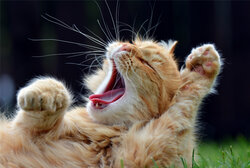
Dental problems in cats
Tartar should be removed by a vet
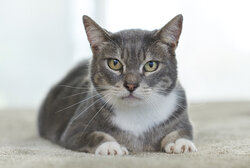
Allergies in cats
Typical signs of allergies in cats
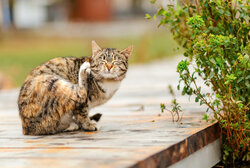
Fleas in cats
An infestation of fleas must be treated thoroughly
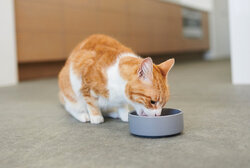
Feeding your cat
Tips on food and a healthy diet
